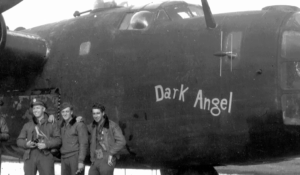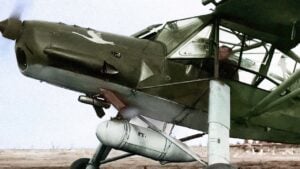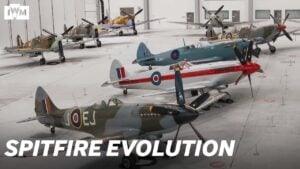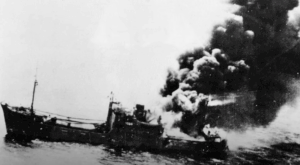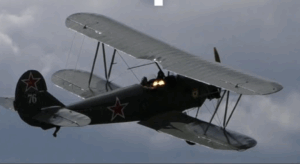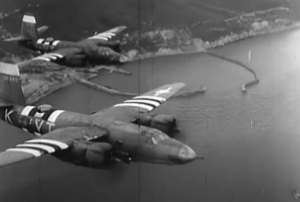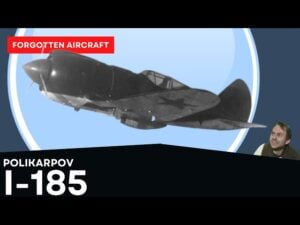How Airplane Engines Turned American Tanks Into Battlefield Beasts
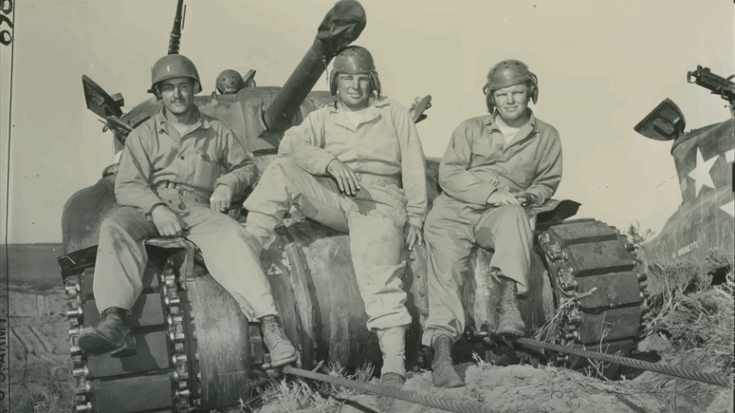
Untold War Archives / YouTube
A Problem No One Knew How to Solve
In the spring of 1939, at Aberdeen Proving Ground in Maryland, U.S. Army officers faced a grim reality. American tanks could only crawl at 12 miles per hour—barely faster than a running man—while German armored vehicles were crossing Europe at twice that speed. The U.S. Army had only a few hundred tanks, far behind the thousands produced overseas. Colonel William Christie knew that unless America found a quick solution, it would be years behind when war came.
One day, Christie noticed a technical manual on his desk—the Wright R-975 Whirlwind, a 9-cylinder aircraft engine producing 400 horsepower. The engine was reliable, mass-produced, and already being built in Detroit. To most engineers, using an airplane motor in a tank seemed foolish. It ran at high speeds and relied on fast-moving air to stay cool. Tanks had no such airflow, and the shaking alone could tear them apart. But Christie saw something others did not: the perfect tank engine might already exist—it just needed to be reimagined.
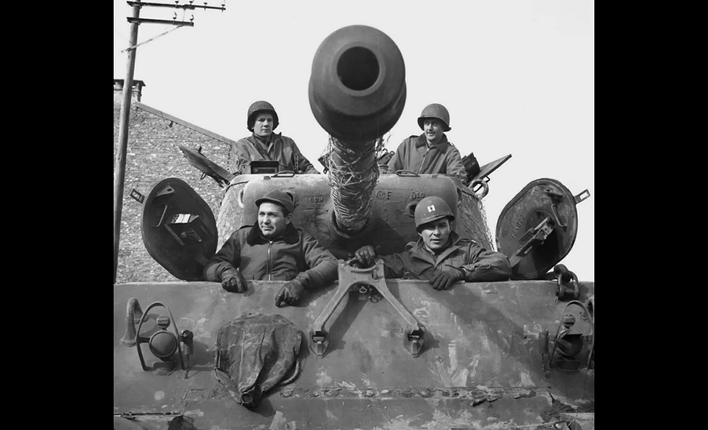
Turning an Aircraft Engine into a Tank Powerhouse
Christie carried his idea to Continental Motors in Detroit, where engineers gathered around blueprints and photos from the European front. The meeting was tense. The R-975 was designed to spin a propeller thousands of feet in the air, not push a steel vehicle through mud. Chief engineer Robert McNamara doubted it could survive in such harsh conditions. Still, the situation was urgent. America had months—not years—to prepare for a war that seemed inevitable.
Christie challenged the team to think differently. Instead of asking if an aircraft engine could power a tank, they asked how to modify it to do so. The engineers discovered that the radial layout, once seen as a weakness, could actually help. By enlarging the cooling fins and adding a forced-air fan, the engine could stay cool even inside a tank. Rubber mounts would absorb vibration, and reinforced brackets would handle the engine’s unique rotation forces.
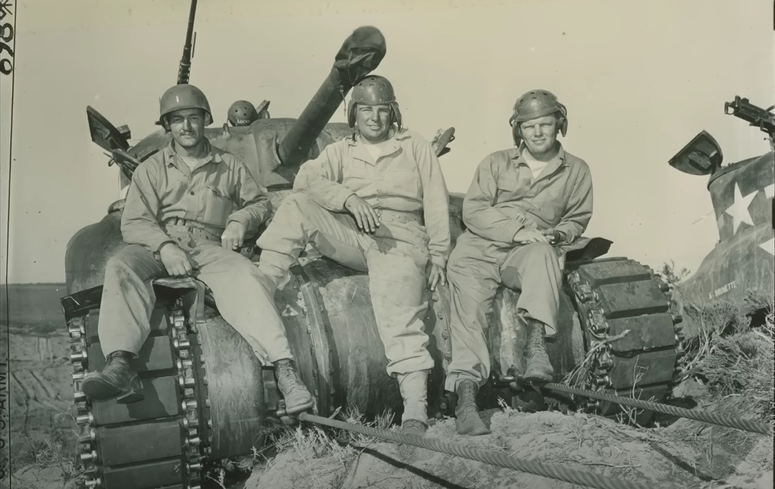
Testing the Impossible
By late 1939, Continental built the first modified R-975 and installed it in an experimental M2 tank. At Aberdeen, Captain James Mitchell climbed into the driver’s seat, expecting another failed experiment. Instead, the radial engine roared to life with a deep, confident sound. For six hours, Mitchell drove the tank through mud and over steep slopes. The engine never overheated, the vibration stayed manageable, and the power was unmatched.
Tests showed the modified engine produced 400 horsepower—60% more than existing U.S. tank engines—and used fuel more efficiently. It was clear the adaptation worked. All that remained was scaling production before war reached American shores.
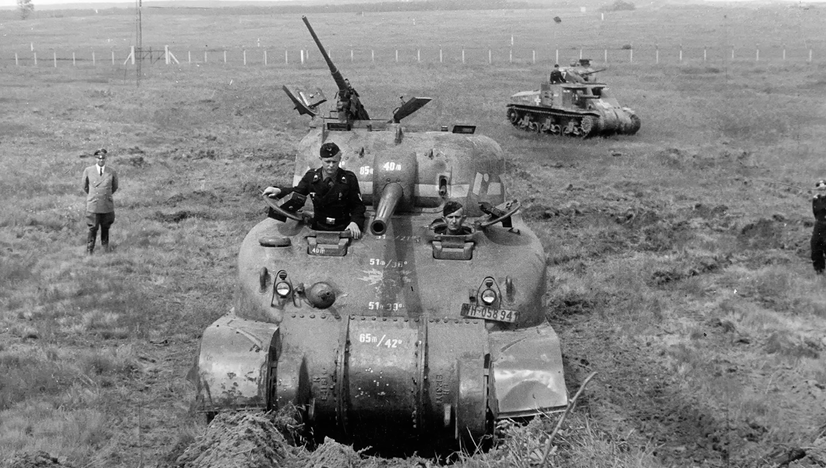
Building the Engine That Won a War
By 1940, Continental Motors had transformed its Detroit factory into a war machine. The company developed precise cooling systems and redesigned mounts to handle vibration. Workers hand-built the first aluminum air ducts, then learned to mass-produce them. Each engine was inspected dozens of times during assembly, tested under full power, and torn apart again if it failed.
When the U.S. entered the war, this aircraft engine—now called the Continental R-975 C1—became the heart of the M4 Sherman tank. Factories ran around the clock, producing thousands each month. Sherman tanks powered by these engines proved faster, more reliable, and easier to repair than their German counterparts.
Reports from North Africa and Sicily described how Shermans could travel hundreds of miles without breakdowns, while enemy tanks often stopped for repairs. The engine’s reliability gave Allied forces the one thing they needed most—momentum.
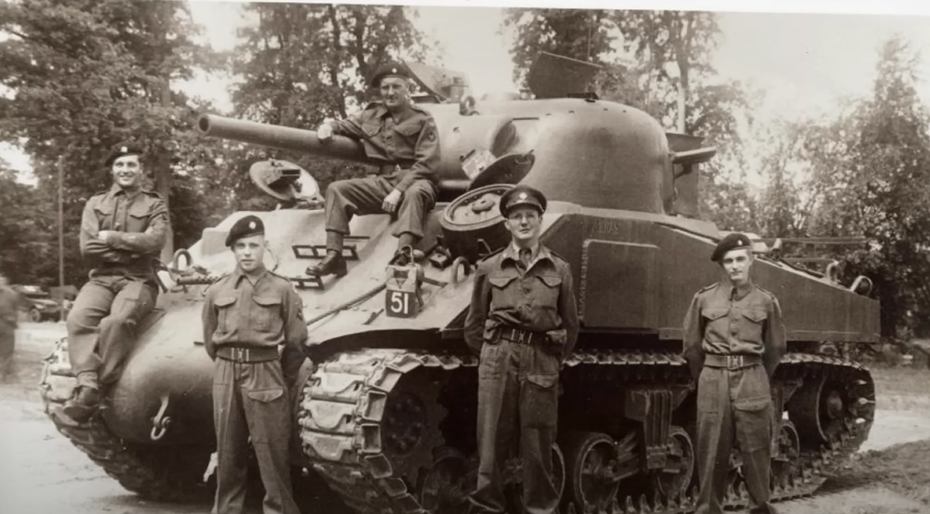
Engineering That Changed the Battlefield
What began as a desperate improvisation became one of America’s greatest wartime advantages. By adapting an aircraft engine for ground warfare, U.S. engineers gave the Sherman tank the strength to outlast, outmaneuver, and outproduce its enemies. Behind every tank that rolled across Europe was a radial engine born in the skies—and rebuilt for victory on the ground.













